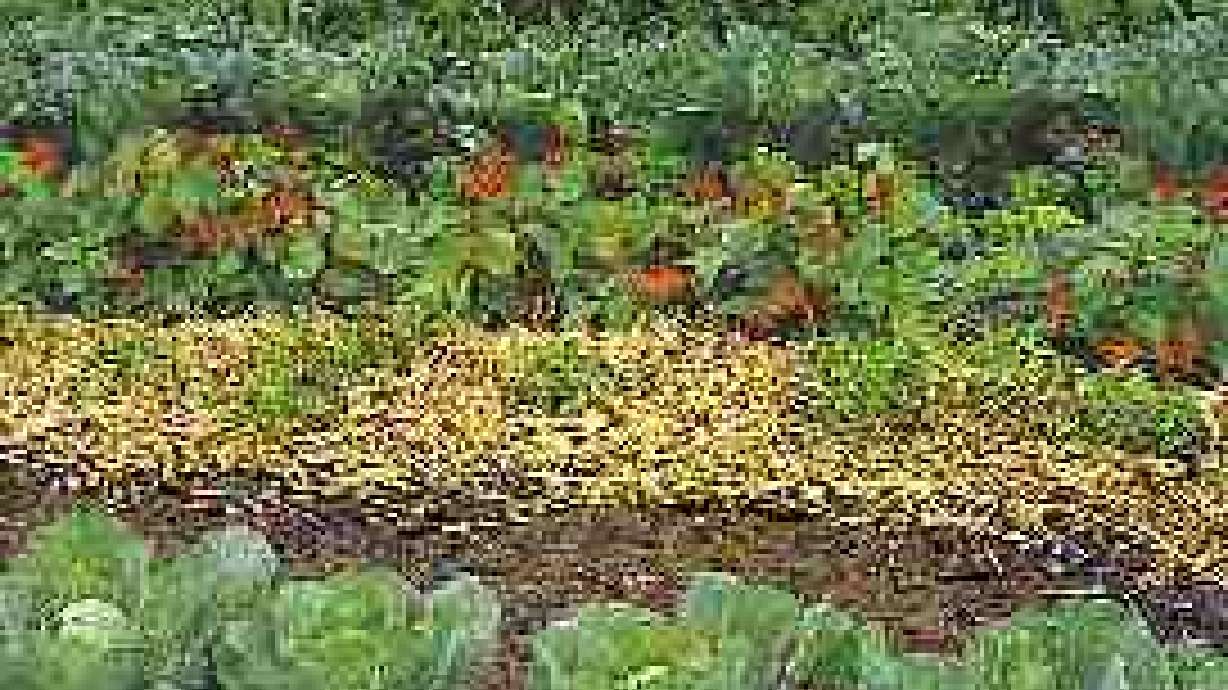Estimated read time: 3-4 minutes
This archived news story is available only for your personal, non-commercial use. Information in the story may be outdated or superseded by additional information. Reading or replaying the story in its archived form does not constitute a republication of the story.
Getting vegetables out of season. The sunny weather can't help but get gardeners excited. Sunshine and warm weather are all it takes to inspire you to get out and get planting.
There's no crystal ball to predict upcoming weather, so consider using season-extending gardening techniques to get a jump on things.
One often-overlooked aspect of accelerating the gardening season is to select the best varieties for our area. Whatever other methods you use, be sure to choose recommended varieties. This makes more difference than almost any other single aspect of growing plants.
Days to harvest are an important consideration. The number of heat units required for maturity and preferred growing temperature are also important.
Certain crops don't mature in our area even though our growing season is long enough because they do not get warm enough temperatures for a long enough time.
When planting the garden, the weather isn't the only limiting factor. Soil temperatures are often more restrictive than air temperatures. Plants may tolerate cool air temperatures, but all seeds require certain soil temperatures before they germinate.
Warming the soil is one way to accelerate the gardening season. The only practical method to warm soil is to utilize the natural warmth of the sun.
Soil that is well drained doesn't retain large amounts of water warms faster than wet soil. Improving drainage allows the soil to be worked earlier and allows it to warm faster. Raised beds are an excellent way to counteract cool, wet soil in the early spring.
Test your garden to see if it is dry enough to be worked by turning over a shovel full of soil. Pick up a handful and squeeze it tightly into a ball. Toss the ball lightly in the air. If it crumbles, you can go ahead and till. If it remains wet or stuck together, don't work the garden until it dries out.
Wall o' Waters allow the earliest planting. Advocates of Wall o' Waters have plants growing in them during many months. These ingenious devices hold almost 25 pounds of water. The water warms during the day and releases heat at night.
If temperatures get extremely cold, the water freezes and releases heat. This protects and warms the plants inside and greatly accelerates both planting times and maturity.
Hot caps give some protection from the wind and cold temperatures. This protection is very limited and also offers minimal soil warming. Planting can be accelerated only a week or two with hot caps, milk jugs or similar devices.
The use of protective coverings to produce a miniature greenhouse effect is certainly not a new idea. A popular practice among some European growers in the early 1900's was to place glass bell jars over individual plants. In 1910 that there were more than 2 million of these jars being used in the Paris vicinity alone.
There are many ways to push the gardening season. Learn about them to improve your garden production and stretch the gardening season.
Written by:
Larry A. Sagers Extension Horticulture Specialist Utah State University Thanksgiving Point Office








